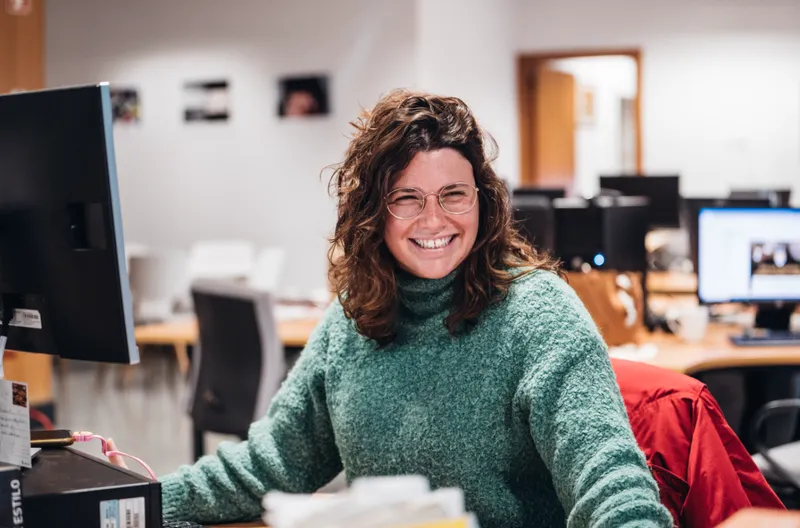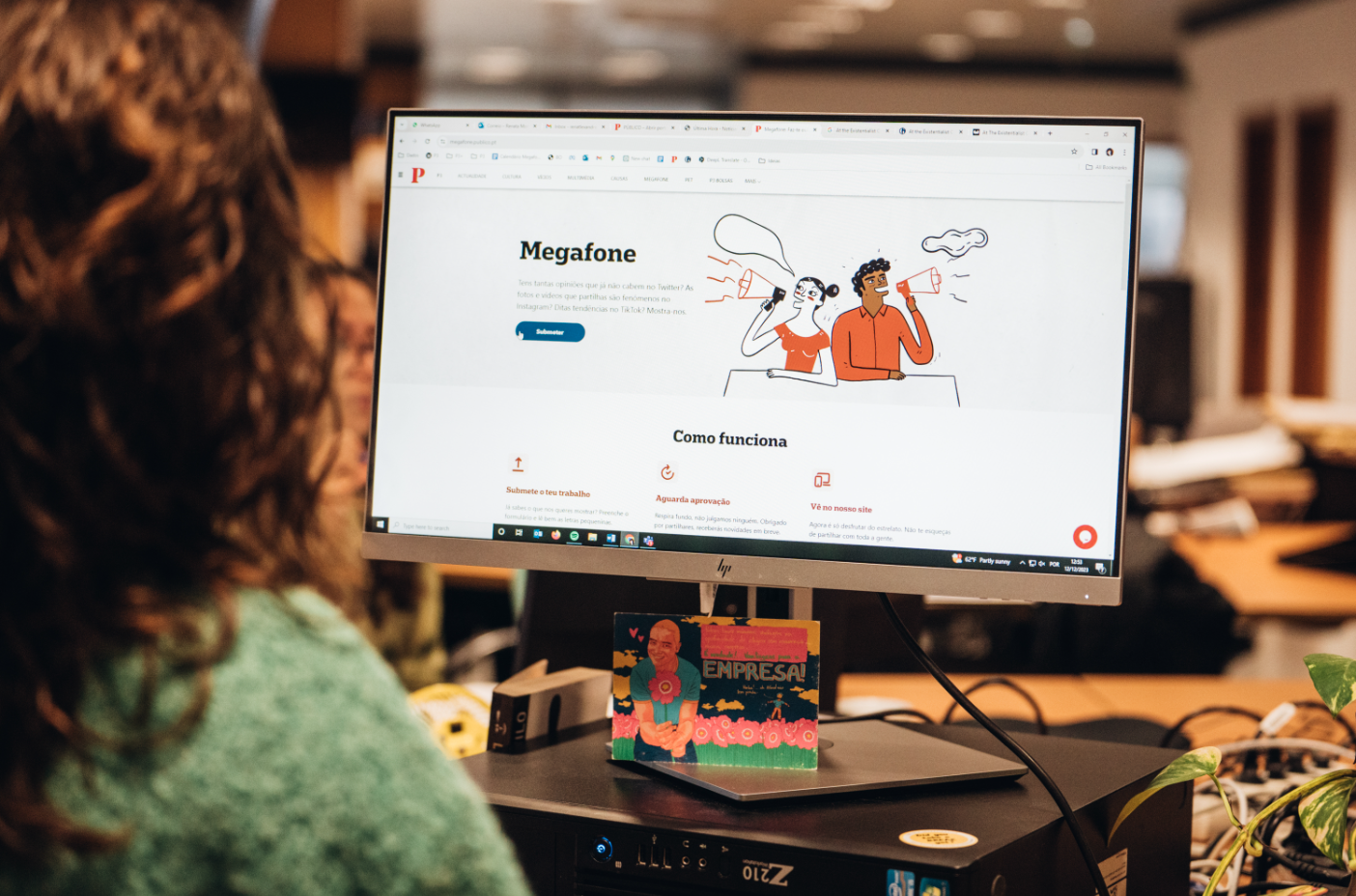Mega Megafone makes it easier for users to submit content and automatically be notified as their articles make their way through the editing and publishing process. It saves editors time and headaches by moving the process off email and onto a centralized internal online system, automating submission acceptance and posting notifications for authors.
“This platform transformed what was a heavy job load into a simple process,” says P3 Editor Renata Monteiro. “We edit on the same platform where the user submits content, and they can see us deliberating in real time. When we approve their article and it’s published, they’re notified. No more sending out links via email. It took us one day to get used to the new process. It really was love at first sight.”
In July 2023, P3 had 179 user-submitted articles, and published 50 of them. Since the new platform launched, 483 user articles have been submitted, with an average 32 articles published per month. Jesus says thanks to the new platform, they’re receiving more user articles and publishing better-quality stories. Importantly, it frees editors up to work on the quality of the user-submitted stories, improving the content offered to readers. Mega Megafone also brought an uptick in new subscriptions, and visitors are spending more time reading each article.
Going forward, the team hopes Mega Megafone will bring more audience members into the fold. They are looking to replicate the platform within other verticals, further engaging readers in not only consuming, but also contributing content.
“We’re discussing how to embed direct prompts within articles,” Jesus says, inviting readers to submit personal stories and photos related to newsworthy events. “The platform is helping us fulfill our mission: Giving a voice to our young readers and responding to each one, so we can maintain a healthy community and keep the conversation going.”








